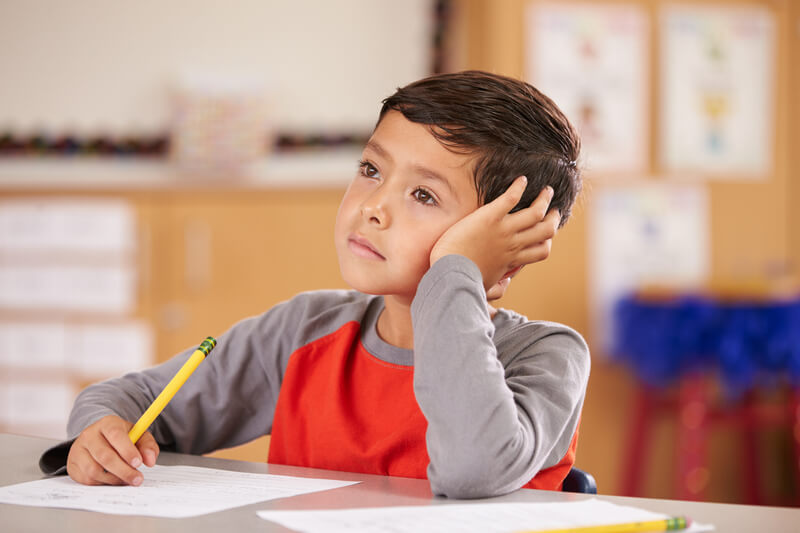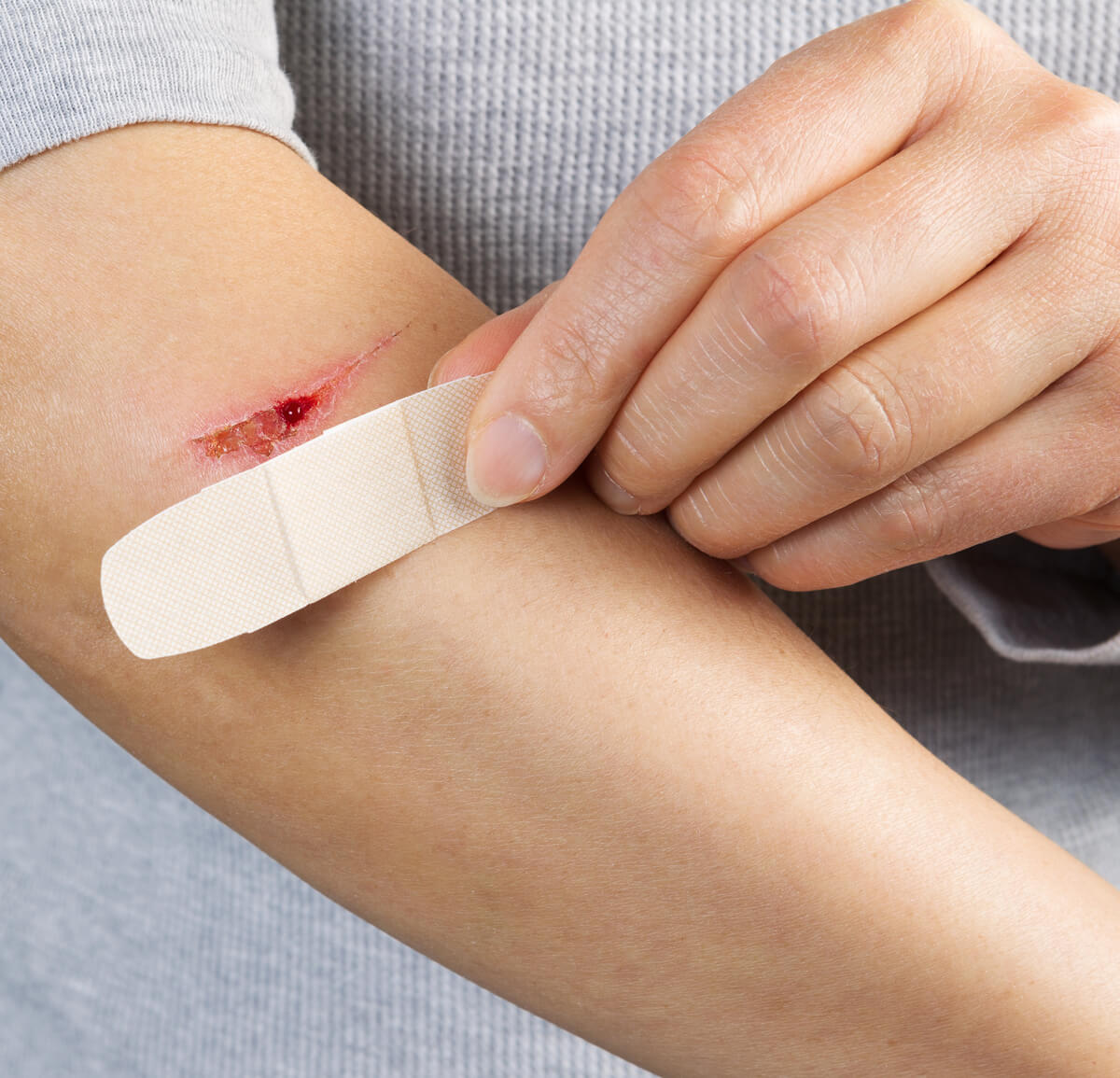Becoming Aware of Mental Health Challenges
This section of the website provides information on different mental health issues that educators, parents and students may encounter. It provides general information to help someone to learn more.
If you or someone you know is experiencing a crisis, support and assistance is available through Your Life Iowa by Live Chat, by calling (855) 581-8111, or by texting (855) 895-8398. Crisis assistance is also available by dialing 988.
If you or someone you know is thinking about suicide, get help immediately via Suicide & Crisis Lifeline by dialing 988, or via the Crisis Text Line by texting “HOME” to 741741. Both the Suicide & Crisis Lifeline and the Crisis Text Line are free and confidential. You’ll be connected to a skilled, trained counselor in your area.
If someone is threatening to harm themselves, do not leave them alone. Call 988 or, if you can do it safely, take them to the nearest emergency room. Try to remain calm and confident to help the individual in crisis remain calm while you get help from others.
Addiction and Substance Abuse
Substance abuse and addiction are common afflictions in many teens and adults alike. Substance abuse occurs when someone is unable to control their use of legal or illegal substances. A lack of control in using substances often starts when someone experiments with drugs or other substances in social situations, and addiction begins when the substance use becomes more frequent and/or starts negatively affecting the person’s life. Substance use is common among teens, especially with alcohol, nicotine, marijuana, and prescription drugs.


Anxiety and Stress Disorders
Every person experiences anxiety in certain settings at some point in time, but in individuals with anxiety disorders, those feelings of stress and anxiety become overwhelming and prevent them from participating in everyday activities without undue distress. There are several conditions that fall under the category of anxiety disorders, Generalized Anxiety Disorder, Social Anxiety Disorder, Panic Disorder, and Phobias.
Attention Deficit Disorder
ADHD is a condition that makes it very difficult for a person to concentrate, sit still, or control impulsive behavior. ADHD is especially common and noticeable in children, but many adults also have attention disorders. It’s important to note that ADD and ADHD are now considered the same condition; ADHD is the current name for this disorder. Just because hyperactivity has been added to the condition name does not mean that all children with ADHD are hyperactive—there are two different sets of symptoms that people with ADHD exhibit, depending on the type of focus problems they have.


Depression
Depression is a mental illness characterized by sadness, low energy, and loss of interest in formerly enjoyed activities and topics. It’s different from mood swings that are typical for growing children or even adults; a child with depression is likely to consistently have difficulty partaking in everyday activities or may have feelings that life isn’t worth living. Depression is one of the most common mental health conditions for children and teens, yet it tends to be underidentified in youth.
Eating Disorders
Eating disorders are defined as disturbed eating patterns and behaviors that are connected with thoughts and emotions. Most people with eating disorders are preoccupied with their weight, how their body looks, and experience intense stress around gaining weight, regardless of what their weight is. Eating disorders frequently coincide with other mental health disorders including anxiety, Obsessive Compulsive Disorder (OCD), and substance abuse. Because mood and brain function are very closely connected to whether or not the body is receiving the food it needs, disordered eating can perpetuate a cycle of feeling bad, restricting or binging food as a result, physically and emotionally feeling bad, etc. Eating disorders manifest themselves in different ways in teens and children, depending on their behaviors and stresses. People who develop eating disorders typically develop them as teens or young adults, but children can struggle with eating disorders, too.


Self-Harm
Self-harm is also referred to as self-injury. Self-harm is defined by deliberately hurting yourself physically. Most times, self-harm isn’t intended as a suicide attempt, but as a coping mechanism young people or adults use to deal with emotional pain that they’re unable to express in another way. People who self-harm typically experience a short period of relief or calm after self-harming, but eventually that feeling gives way to shame and the return of the painful emotions they were unable to get rid of.

